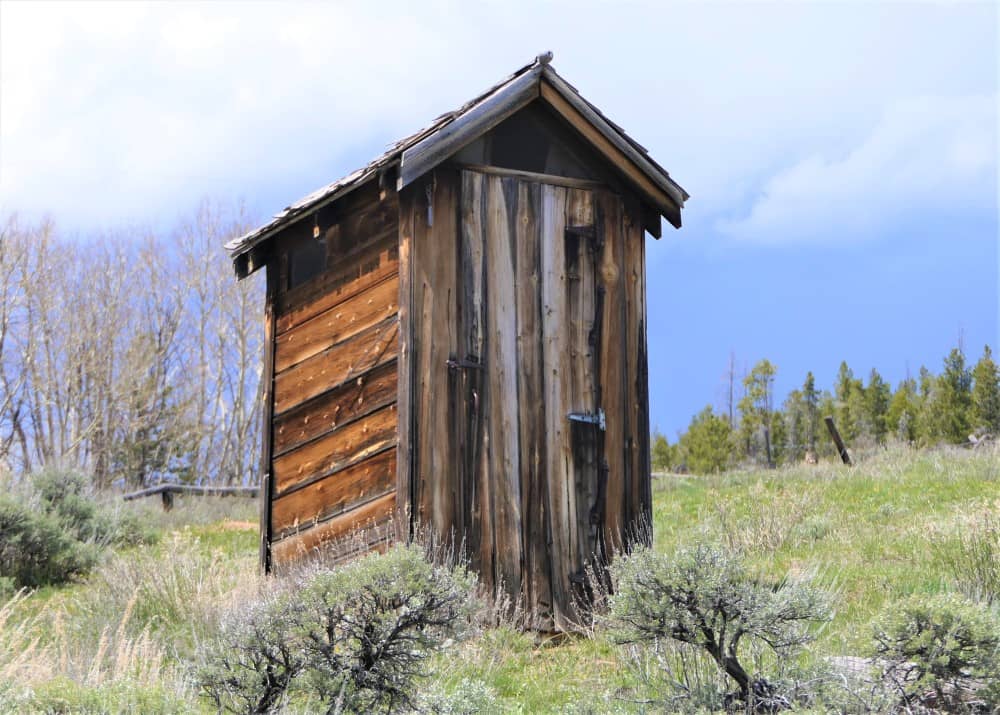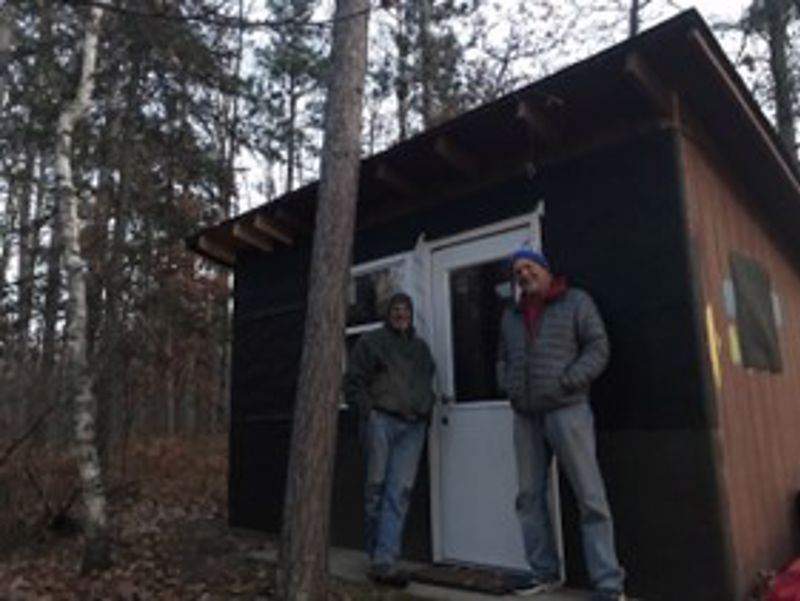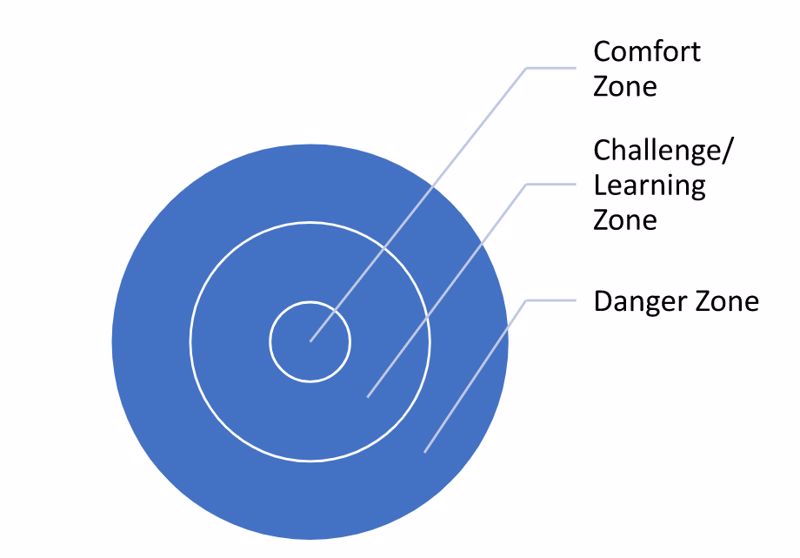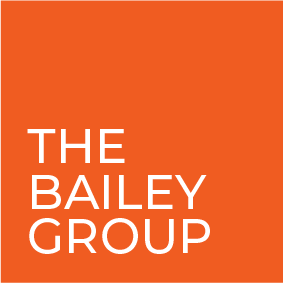
How to Dismantle an Outhouse
I spent this past weekend working with a friend to remodel a shed at my lake cabin in northern Minnesota. The shed was built in 1974 and is the original building on the property (picture below). Before the renovation, it was a combination outhouse and storage shed for miscellaneous tools and water sports equipment. Feel free to ask the next time you see me how to dismantle an outhouse.

I was 17 when the original shed was built, and for a variety of reasons I was not involved in the construction of either the shed or later the cabin. I have great respect, even awe, for people who know how to build things like sheds. And, I have never counted myself among that esteemed group.
Comfort Zone, Challenge Zone, Danger Zone
In her book Welcoming the Unwelcome, Pema Chodron discusses three zones shown below:

Comfort Zone
The comfort zone is where most of our long-held beliefs reside. Beliefs are important because they are the basis for how you think and feel about yourself, and these thoughts and feelings (often subconscious) drive your behavior. My belief that I am incompetent when it comes to construction has caused me to avoid tackling building projects. And I have felt intimidated and inferior to those who have these skills.
The comfort zone is necessary. This zone is where our unconscious competence resides.
Unfortunately, the comfort zone can also be a place of unchallenged beliefs and assumptions that block growth and learning. These unchallenged beliefs cause even the best leaders to act out of habit rather than making choices based on accurate perception of reality.
Challenge/Learning Zone
Old habits are hard to break, and new habits are hard to form because the behavioral patterns which humans repeat become imprinted in neural pathways. Challenging old beliefs forces us out of our comfort zone, but also provides the opportunity for learning. The challenge/learning zone typically is accompanied by fear and presents the opportunity to work towards overcoming fear.
Remodeling my shed is a good example of pushing into the challenge zone. I would never have attempted this project on my own. Fortunately, my friend, who spent 6 years working on construction projects during and after college and has spent the bulk of his career as an architect, offered to help me take on this project. His knowledge and instruction have given me the confidence to try new skills like pouring concrete, framing a wall, shingling a roof, and installing windows and doors. And while it has been hard work, I have also had fun!
Danger Zone
Danger zone is when we push ourselves too far, too fast. In the danger zone, we put ourselves and others at risk. I know that I don’t have the experience to build a wall or a roof on my own. Attempting that might well cause the roof or walls to fall, injuring me and others.
The Challenge Zone and Coaching
Executive coaching is about inviting you to move out of your comfort zone and into the challenge/learning zone (without pushing you into the danger zone). It is about creating new possibilities by shifting the lens (or mindset) through which you perceive and address challenges and opportunities.
Managing conflict is a great example of the benefits of working in the challenge zone. Leaders tend to view conflict as something to be avoided when possible. Unresolved conflict sucks the life out of a team or organization and blocks the energy needed for innovation and problem solving.
Often, the work we do at TBG involves inviting leaders to shift their mindset from avoiding conflict to moving towards it. Team building and building stronger 1:1 relationships require moving out of the comfort zone of avoidance into the challenge zone of curiosity, vulnerability, and compromise.
Why Coaching Works
Coaching is not one more thing to add to your list of things to do. Instead, coaching at its best challenges you to shift the mindset with which you do your work. Shifting your mindset takes you out of your comfort zone and can feel frightening, but it also creates new opportunities for personal growth, innovation, and growing the success of your organization.
What’s Next?
How does it feel to think about being pushed out of your comfort zone? Do you want to feel more alive and energized at work? If the idea intrigues you, I invite you to reach out to The Bailey Group for a complimentary consultation. We are here to challenge you and to keep you out of the danger zone.
I look forward to hearing from you!




